Definition of Proposal: Structure, Purpose, Elements, Characteristics, Types
Proposals are generally used to submit funds related to an activity to sponsors, but the notion of proposal itself has a broader meaning.
Therefore, for more information related to the proposal will be discussed below.
Table of contents
Definition of Proposal
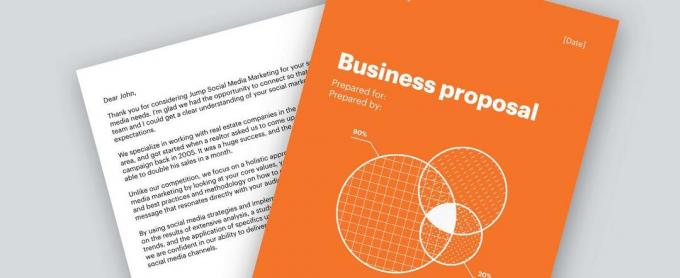
1. Generally
The word proposal comes from English "to propose” which means to apply.
The definition of a proposal itself is a written proposal to carry out an activity aimed at various parties related to the activity.
The proposal becomes a program or plan for activities that are only as proposals.
2. According to experts
The following is the definition of the proposal according to the experts, including:
a. Ainia Prihantini (2015)
A work plan that is poured into the form of a work plan with the aim of knowing the outline of the work plan to be held.
b. Hadi
A structured proposal for the agenda of business cooperation between companies, institutions, proposed activities to solving a problem.
c. Hasnun Anwar (2004:73)
Plans drawn up for a particular activity.
d. Jay (2006:1)
The definition of a proposal is a standard management tool so that management can function efficiently.
e. Keraf (2001:302)
The definition of a proposal is a suggestion or request for a person or an agency to do or do a job.
f. Riefky
The definition of a proposal is a form of activity design that is made into a formal and standard form.
g. KBBI
The definition of a proposal is a plan that is poured into the form of a work plan.
Proposal Features
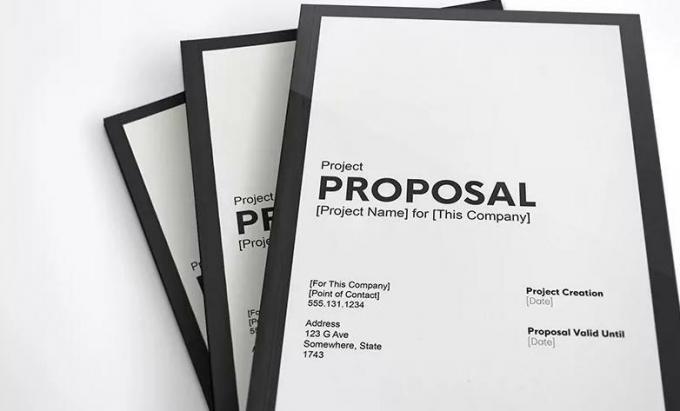
The proposal has the following special characteristics or characteristics:
- As the first notification of an activity.
- Contains various objectives and background of the event.
- Proposals are created to summarize an activity to be carried out.
- In the form of bound notification sheets which will later be submitted to the chairman of the event.
Proposal Language Rules

The linguistic rules contained in the proposal are as follows:
- Use denotative and meaningful words. This is very important in order to avoid misunderstandings between the party submitting the proposal and the party receiving the proposal.
- Using scientific terms, both related to the event to be held or related to the scientific field.
- Use action verbs to express the stages of activities and research methods.
- Using words that contain detailed meanings (first, second, other than that).
- Using a series of words that provide a definition (i.e., is, i.e., is).
- Using words that are going to be (will, expected).
Proposal Purpose
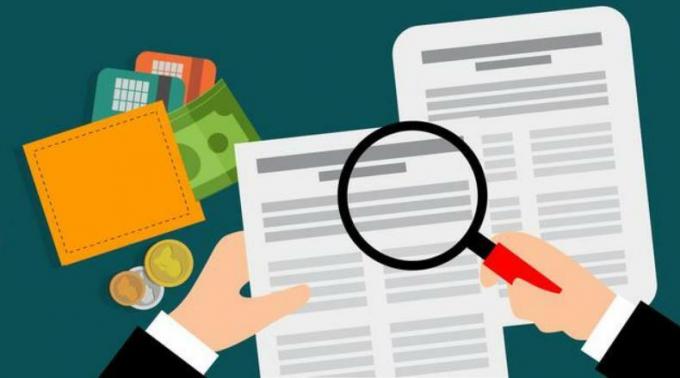
The objectives in writing or making proposals are:
- To get support.
- To obtain financial assistance.
- To get permission.
Proposal Benefits
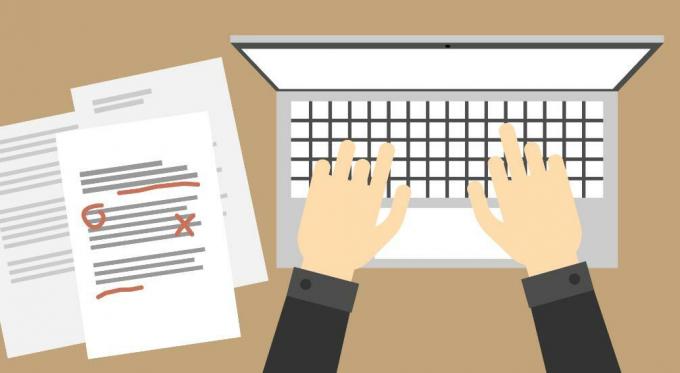
The following are some of the benefits of writing a report, including:
- To convince donors or sponsors that they are willing to provide material or financial support in realizing the planned activities or events.
- Explain indirectly to parties who want to know about the activity or event.
- Become a plan that directs the committee in carrying out an activity.
Proposal Function
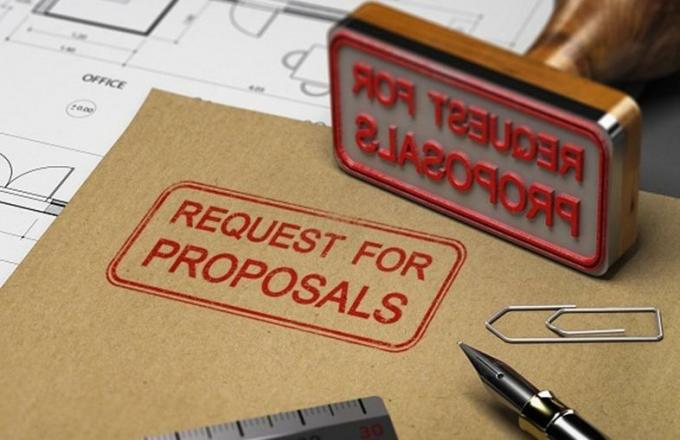
The functions of a proposal were made, including the following:
- Can be used to hold activities such as seminars, celebrations, competitions, training, and others.
- To do a research that has to do with cultural, social, economic, and others.
- It can also be used to submit tenders from various institutions.
- Can be used to apply in setting up a business.
Types of Proposals
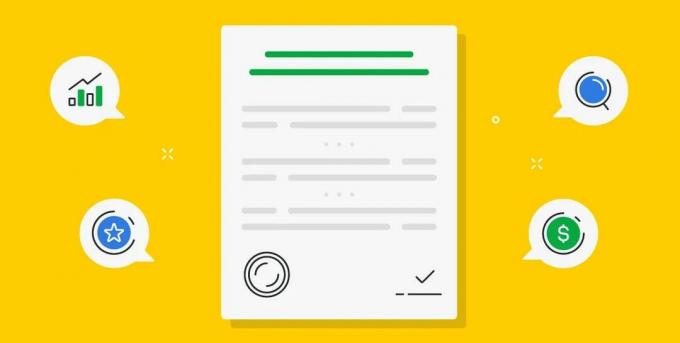
The types of proposals are divided into two categories, namely general types and types based on their form, along with more information.
1. Generally
In general, the types of proposals are further divided into 4 different types, including:
a. Business proposal
A business proposal is a proposal that has a relationship with the business world or business, or it can also be related to group and individual businesses.
For example, a proposal for the establishment of a place of business, a business entity, or the like.
b. Activity Proposal
This type of proposal is often used in the community, because it is a proposal to propose an activity or event plan. Be it individual or group events.
Examples include proposals to hold celebrations, competitions, and others.
c. Research proposal
Is a proposal that is often used in the academic field such as research for theses, final assignments, and others.
In general, this type of proposal is used to propose a research activity to be held.
d. Project Proposal
A project proposal is a proposal that has a relationship with the world of work, generally contains a series of plans for business or commercial.
For example, an office building project proposal.
2. Based on the Shape
Judging from the shape, the types of proposals are divided into 3 types, including:
a. Formal Proposal
This type of proposal is very complete, consisting of three main parts. Among them are the introduction, content, and closing.
Here's the explanation:
- The introduction section consists of a cover and title page, a preface, an overview, a table of contents, and also an endorsement/application.
- The content section consists of the background of the problem, problem boundaries, goals, assumptions and basic thoughts, research methodology, facilities, personal gain, time loss, road budget and other other.
- While the closing section consists of a bibliography, attachments, and others.
b. Non-Formal Proposal
This one proposal is different from a complete formal proposal, usually submitted only in the form of a letter.
In general, this type always contains some kind of suggestions, problems, problem solving, and validation or application.
c. Semi-Formal Proposal
Almost the same as non-formal proposals because the content is not complete or does not meet the requirements of a formal proposal.
Terms - Conditions for Making Proposals
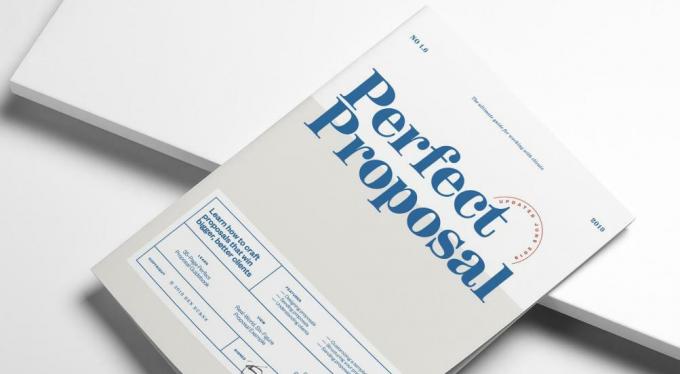
If you want to make a proposal, you must meet the following requirements:
- If there is a budget of funds needed, then the budget of funds needed must be realistic with the event or activity.
- The formulation of the type of activity to be carried out must be written in detail and must actually be carried out.
- Must have a structure or logic that is very clear and easy to understand.
- The results of the activity or event must be structured.
Important Things in Proposal Making
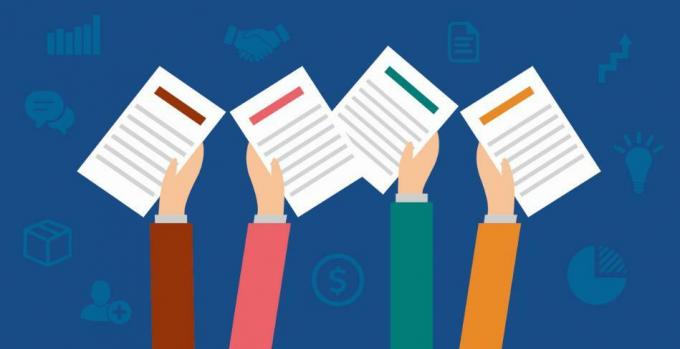
The following are things that must be considered in making a proposal, including:
- Prepare draft proposals in an attractive, systematic, and realistic way.
- Proposals are discussed in a deliberation forum to be discussed, revised, and approved.
- Proposals whose preparation has been refined to be used properly.
- Proposals are reproduced and distributed to the intended parties, both internal and external.
- The drafter of the proposal prepares the materials and information needed, which are in the form of materials agreed upon by all committees.
- The preparation of the proposal should refer to the person or several people who are experts in preparing proposals, preferably those that are related to the activities to be held.
Proposal Elements
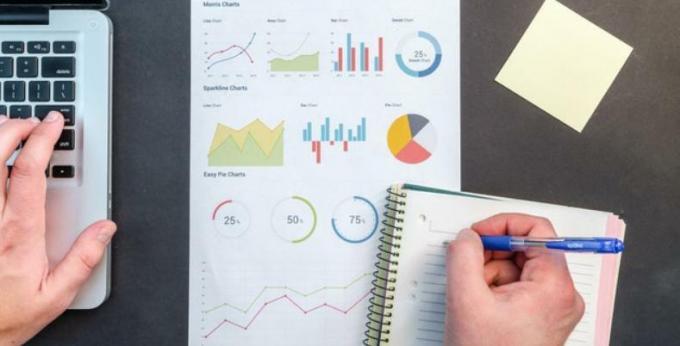
The following are elements of general proposal writing, including:
1. Background of the problem
The first element expresses the gap between expectations and reality, whether it is a theoretical gap or a practical gap that lies behind a problem.
2. Formulation of the problem
In the part element, it states explicitly in the form of a question to be answered.
3. Research purposes
For research purposes, it is necessary to reveal the goals and objectives to be achieved.
4. Hypothesis
The hypothesis is proposed in the form of a temporary answer to the research problem so that the relationship between the problem and the answer is clearer.
5. Research Assumptions
Research assumptions are basic assumptions about something that is the basis for thinking and acting.
6. Benefits of research
The benefits of research contain reasons for the feasibility of the problem to be researched or carried out.
7. Pour Scope
8. Literature review
9. Operational definition
Proposal Writing Systematics

The following is the systematics of writing activity and research proposals, including:
a. Activity Proposal
- Activity background.
- Rationale.
- Name of activity.
- Activity objectives.
- Activity targets.
- Activity benefits.
- Type of activity.
- Time and place of activity.
- Schedule of activities.
- Implementing and organization of work.
- Target.
- Activity budget.
- Closing.
b. Research proposal
- Background.
- Scope of problem.
- Formulation of the problem.
- Research purposes.
- Benefits of research.
- Literature review.
- Research methods.
- Object of research.
- Method of collecting data.
- Data analysis method.
- Expected results.
- References.
Proposal Structure

In making a proposal there are rules or writing structures themselves, including the following:
1. Cover
The activity or event proposal must have a cover that uses the event logo or can use the organization's logo.
This cover includes the name of the activity to be held. At the bottom is written the agency implementing the activity.
2. Background
In writing the background must be known. The background does not necessarily include the background, but the background starts from the general subject to the specific object.
3. Name of activity
The name of the activity is the name that will be carried out at the activity.
4. Theme
The theme of the activity is written in accordance with the theme that has been mutually agreed in the forum as well as the themes that have been previously available.
5. Destination
The purpose of the activity is the target for holding the activity and includes the reason for the activity being carried out.
6. Types of Activities / Events Activities
The type of activity or event to be carried out. All models of activities or events must be written, because later the agency will see the number of activities or events planned.
Each activity must have a clear purpose and purpose.
7. Promotion Tool
The means of promotion is an advantage of the sponsor.
Promotional resources can come from banners, clothing, pamphlets, banners, brochures, audio, and the calculation of the percentage of sponsorship.
The percentage that will be donated by the sponsor will determine the size of the sponsor's logo.
8. Budget Estimate
The budget estimate is the quantity of the total allocation of funds that will be used. Written in detail along with the price. Starting from equipment, administration, consumption, placards, trophies, sound, stage, and others.
Budget estimation is an important matter because it is the main thing that will be examined by an agency.
9. Closing
Closing can be in the form of a thank you request and also an apology to the agency.
Signature and stamp must also be provided to be a valid reason for the proposal to be made.
10. Composition of Committee
The composition of the committee must be included so that the sponsor can make clothing facilities that are calculated from the calculation of the committee structure.
How to Make a Business Proposal
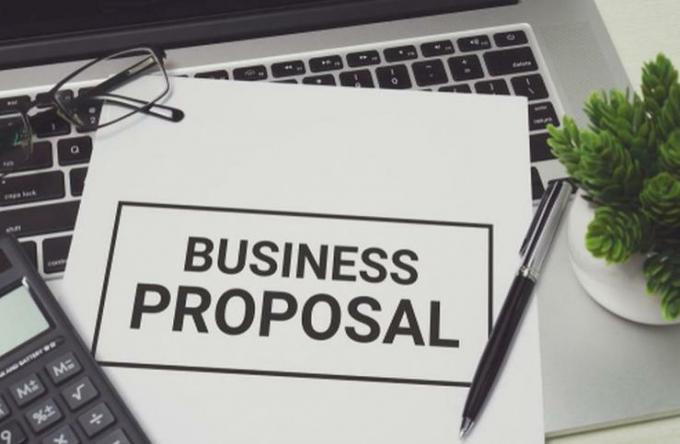
Below is how to make a business proposal that you can follow, including:
1. preliminary
In the introduction, this one is in the form of an introduction section. So that you can describe as much as possible the background of the business that you will establish.
Not only that, you also need to write down the vision and mission of the business that you will create.
2. Business Entity Profile
In this business entity profile, you need to write down the type of business, company name, and business location, such as:
- Type of business: You can describe the type of business you will set up in this section. But what you need to note, when writing down the type of business, you must write it concisely, briefly, and clearly.
- Company name: The choice of a company name will be a brand for the products that you will produce. So it is better to choose a company name that will be easily remembered by your potential customers later.
- Location: The choice of location for a company or a business is very important. Because the right location can support how your business will run.
3. Organizational structure of the company
If the business you create already has a good management system, then you can write down the business owner, marketing, manager, and others.
But even if your company's management system isn't working well, you still need to include it.
Because after all, potential investors still need to know who the owner of the company is / what system they have. Is it a privately owned system or a franchise partnership.
4. Business Products
In this section, you need to list the type of product, the manufacture of the product, and the advantages of the product you have.
- Types of products: If you do not know or have what product you are going to market, of course the business you are going to run cannot be done. Therefore, you need to mention and explain what type of product you are going to market.
- Product manufacture: At this stage you should explain in detail how to manufacture the products that will be produced from your company.
- Product excellence: Of course, every product to be sold must have an advantage over other brands. Therefore, writing down the product advantages of your company needs to be done so that it can be compared with other companies.
5. Target Market
In a proposal, you also need to include the target market that you will target.
For example, which area, age, and class will be the target of the products you produce.
6. Promotion and marketing
In the proposal, you must also explain what promotion and marketing strategies you will do to sell the product.
Of course the promotions that you do later must be able to be used to develop the business that you are living.
7. Financial statements
In the financial statements section of the proposal, you need to write down the calculation of profit, allocation of funds, and the calculation of profit sharing that you will do.
Of course this is done realistically, because all efforts made have their respective risks.
8. Closing
In the closing section, you can rewrite things that are convincing for potential investors.
Not only that, you can also add your prayers and hopes for the proposed proposal.
And also thank you because the potential investors are willing to read the proposals that have been made.
9. Attachment
Several things need to be attached when submitting a proposal. This is done to support and convince the proposals made.
Some supporting documents that you can attach are business owner biodata, business agreement letters, business licenses, and business certificates.
